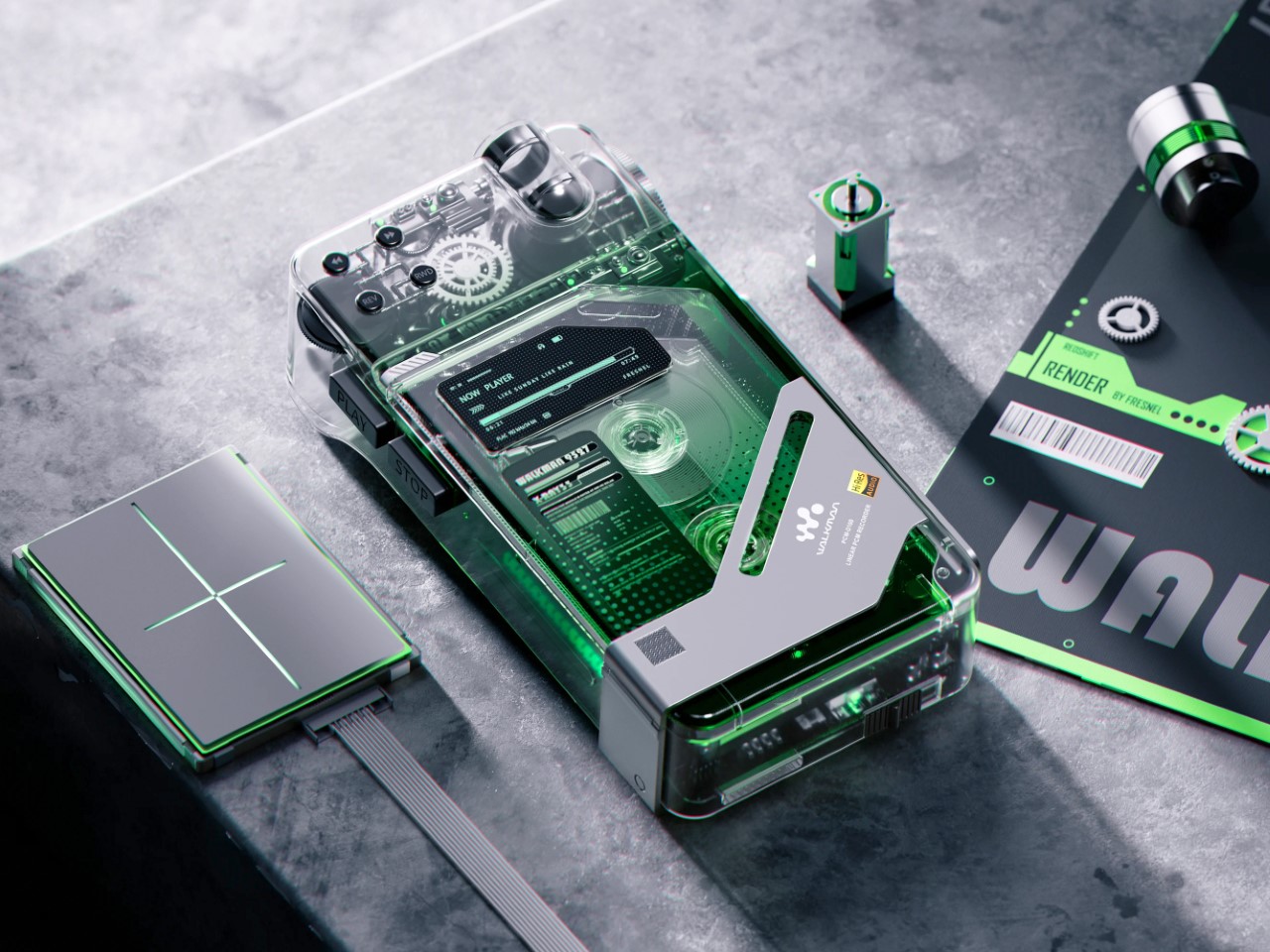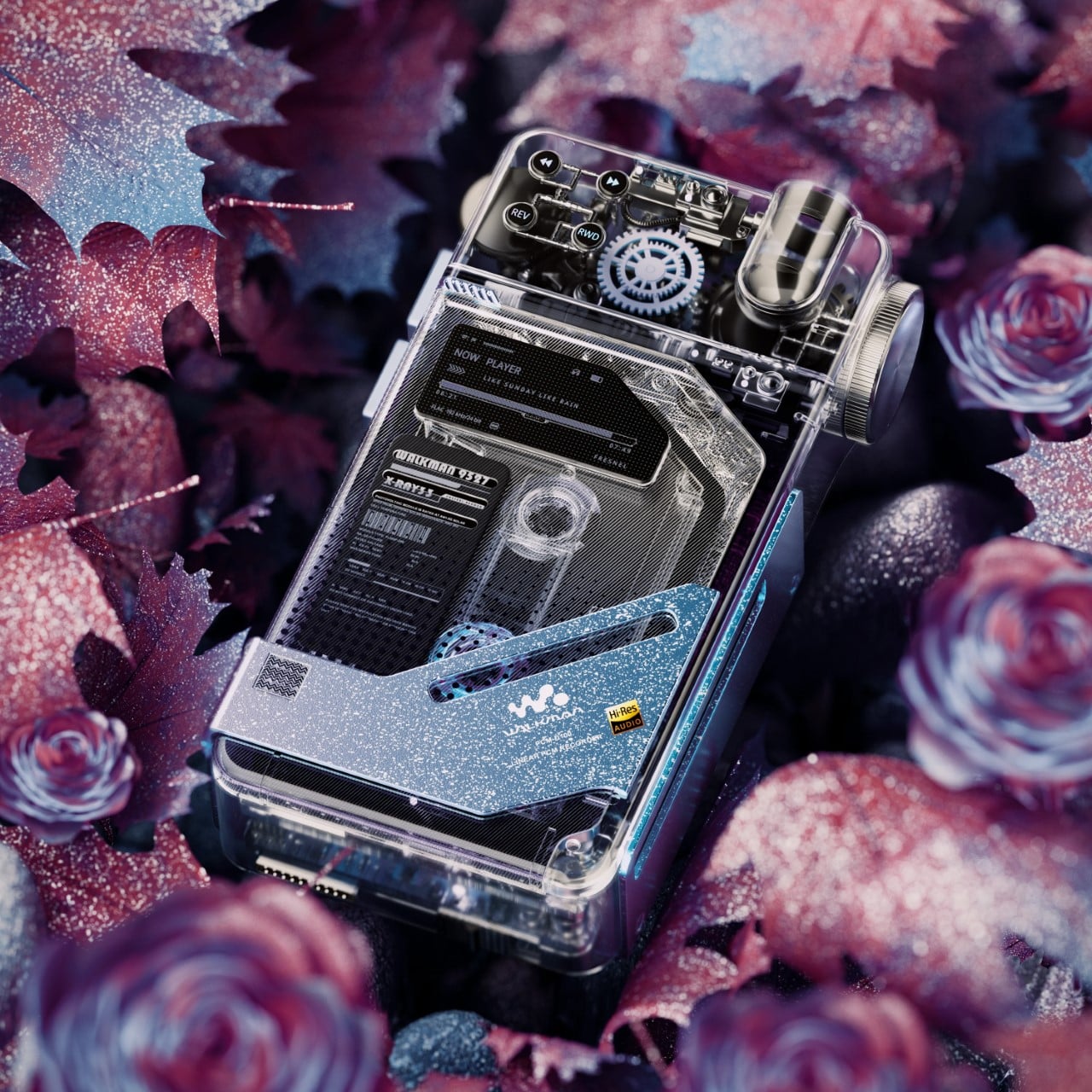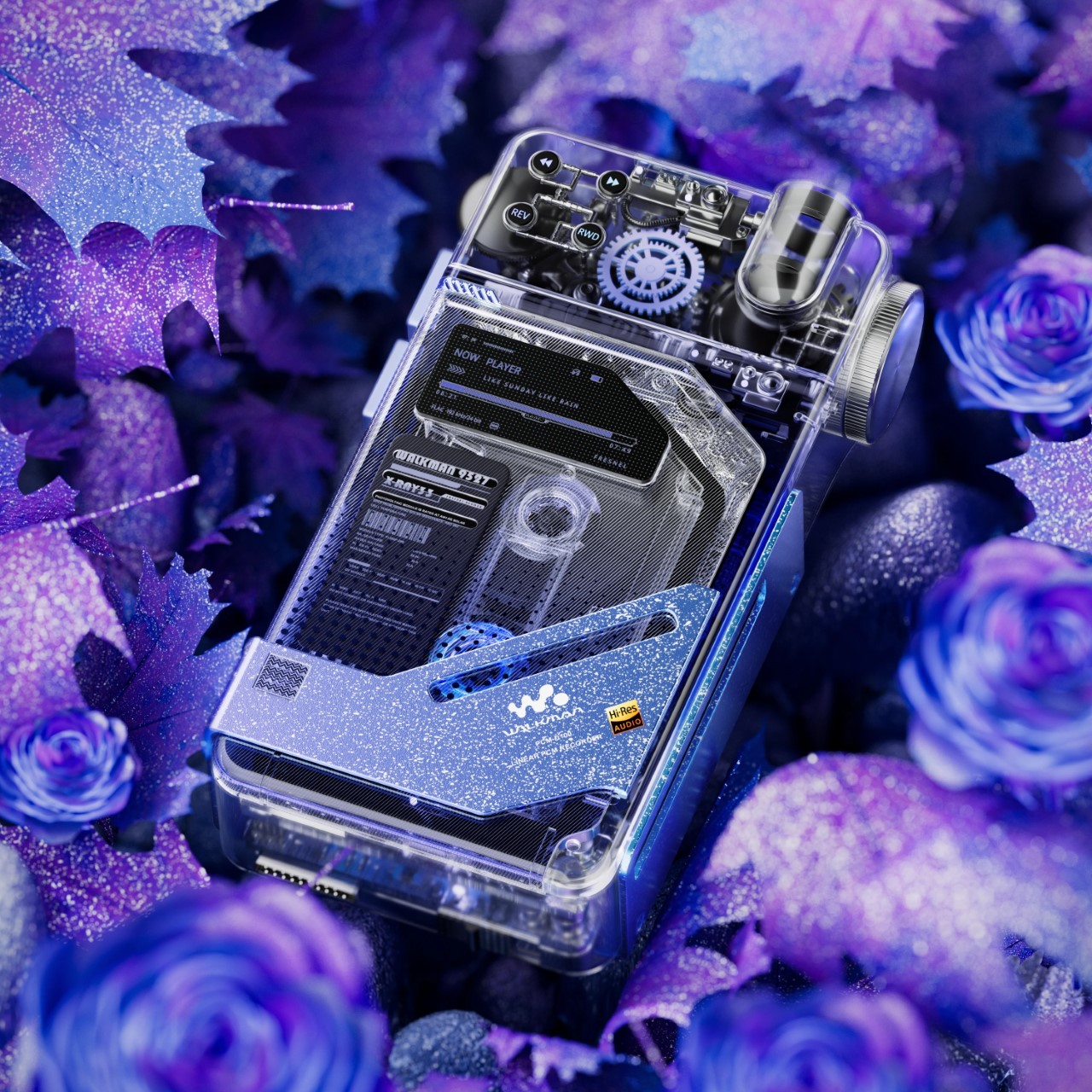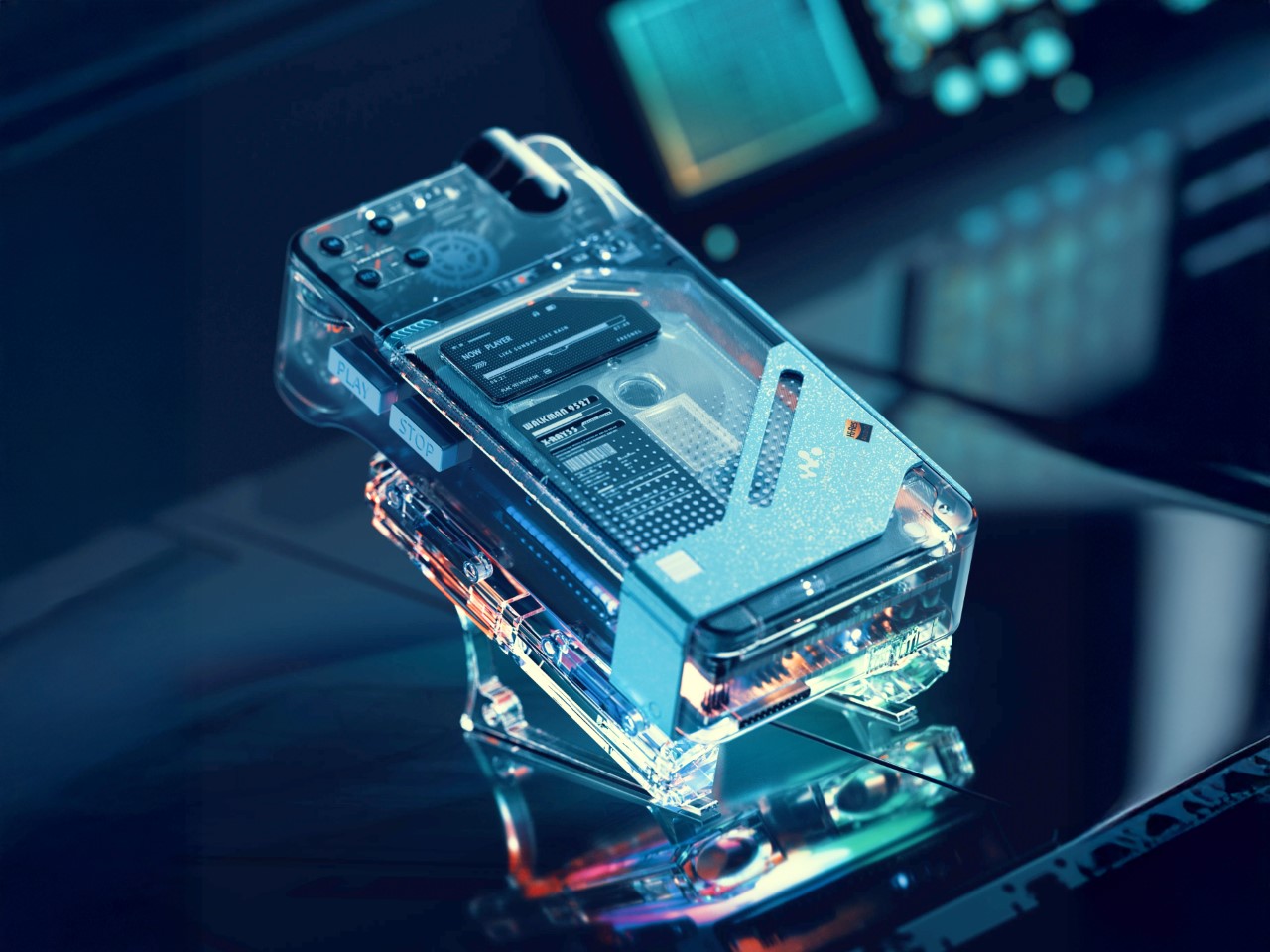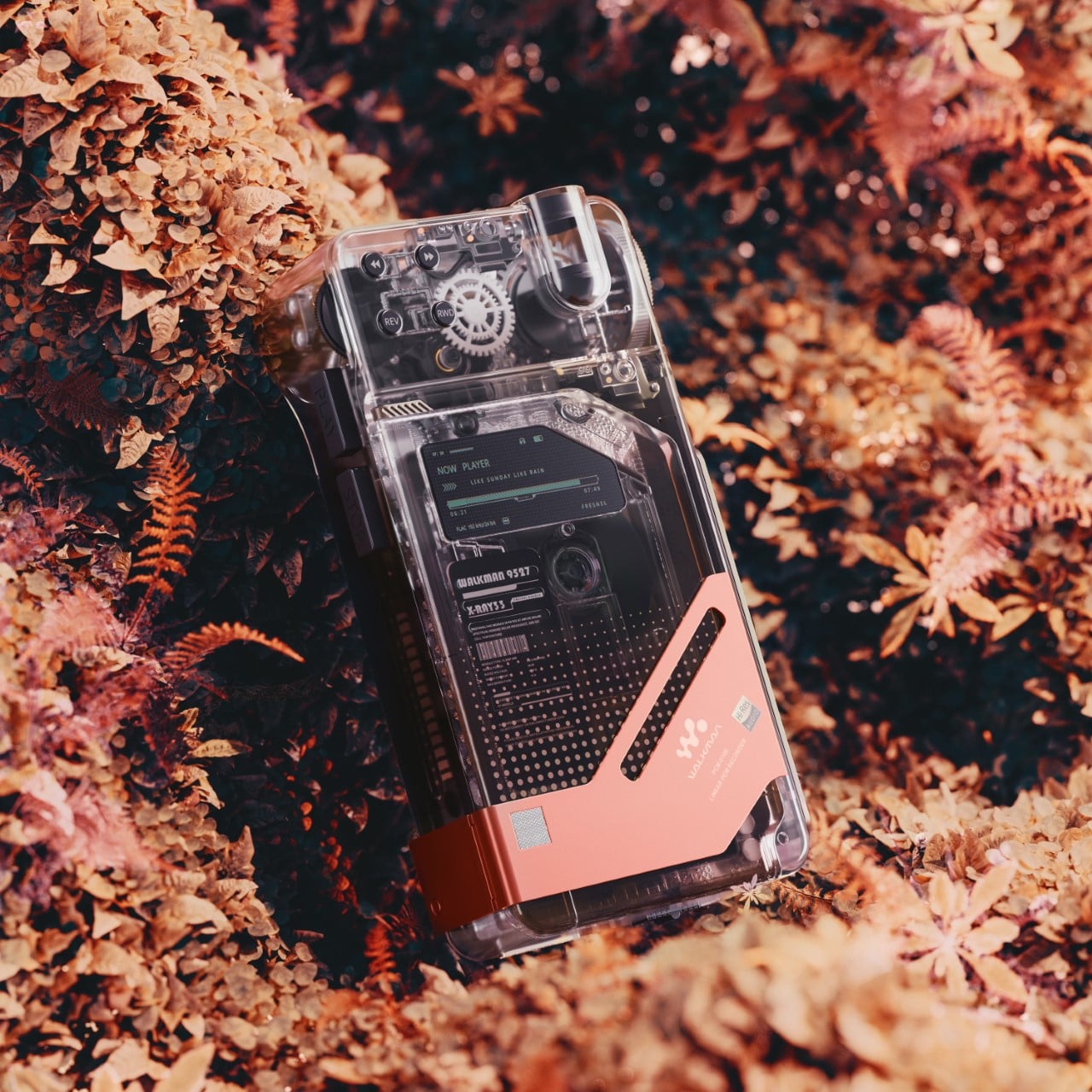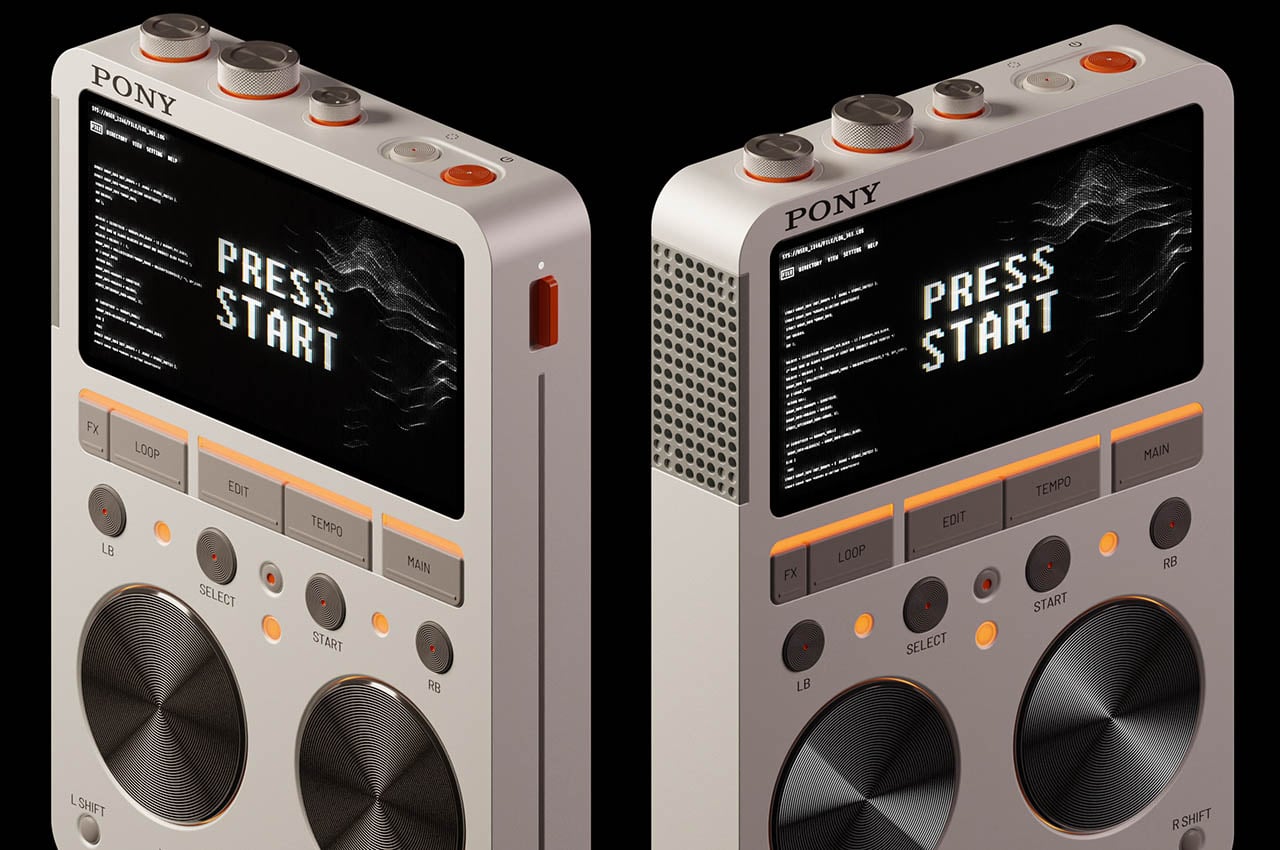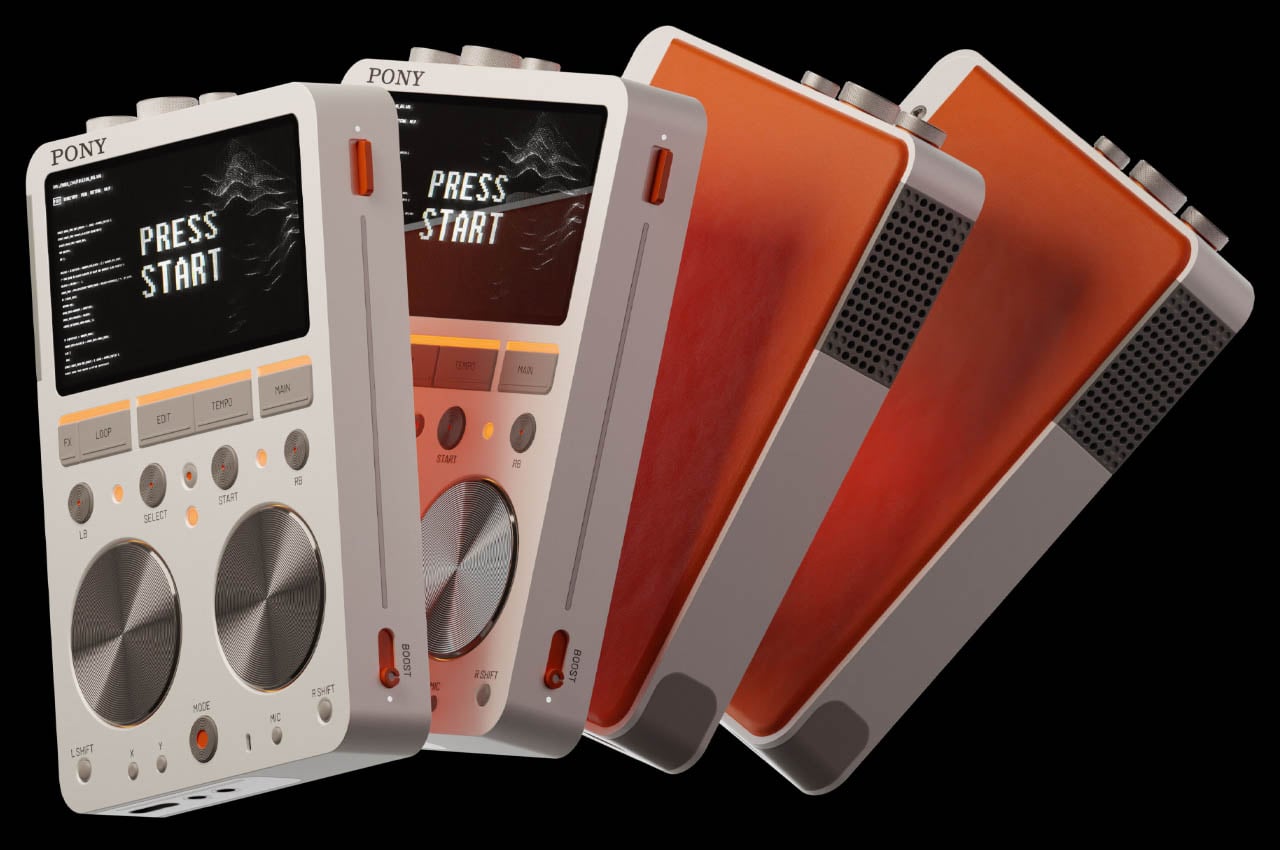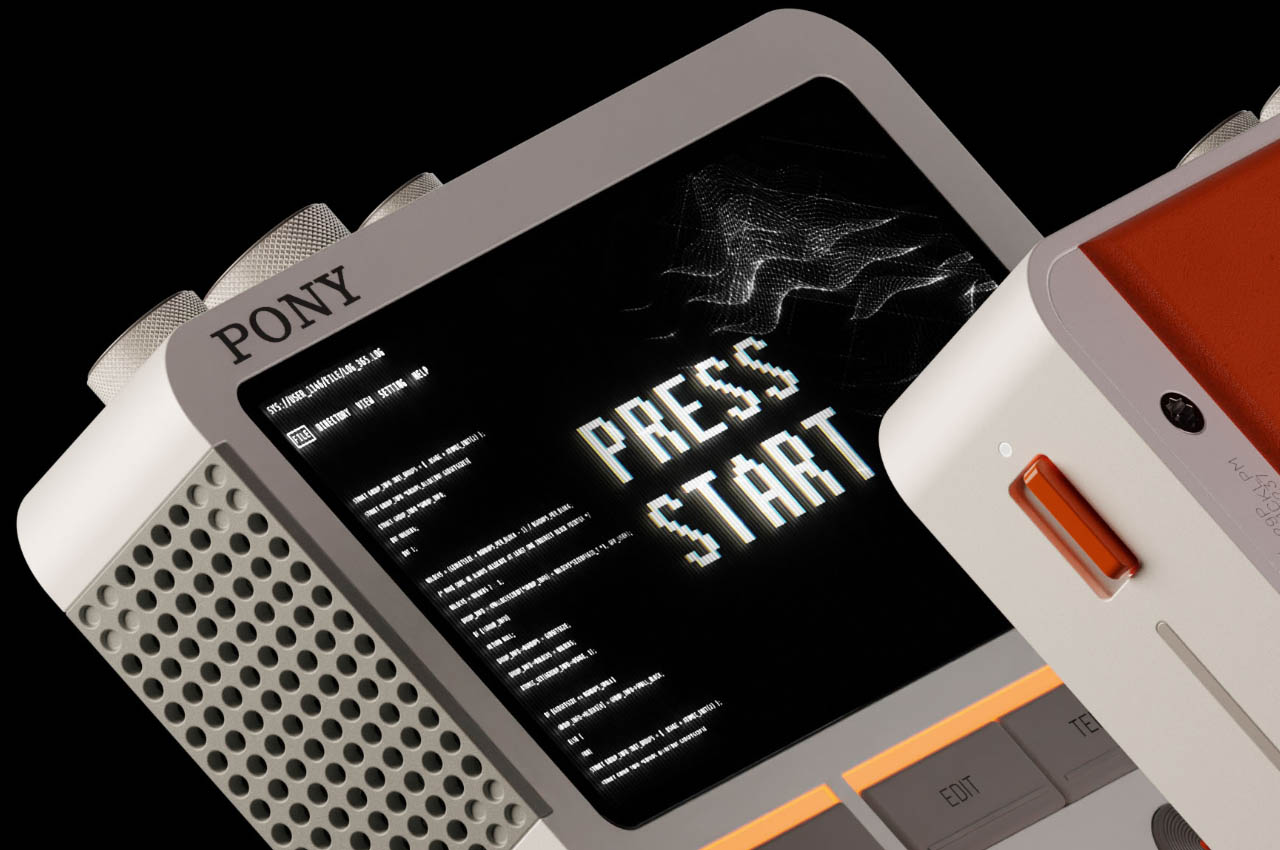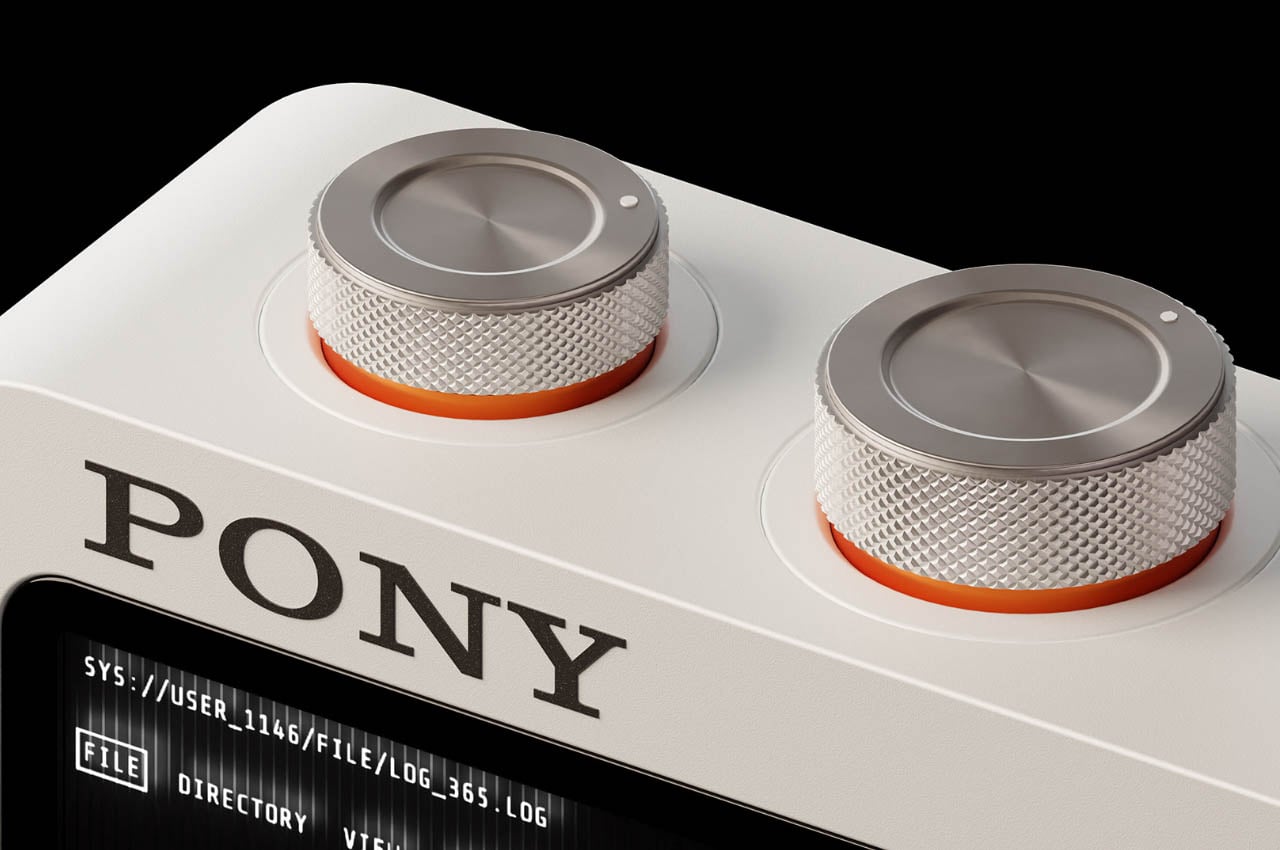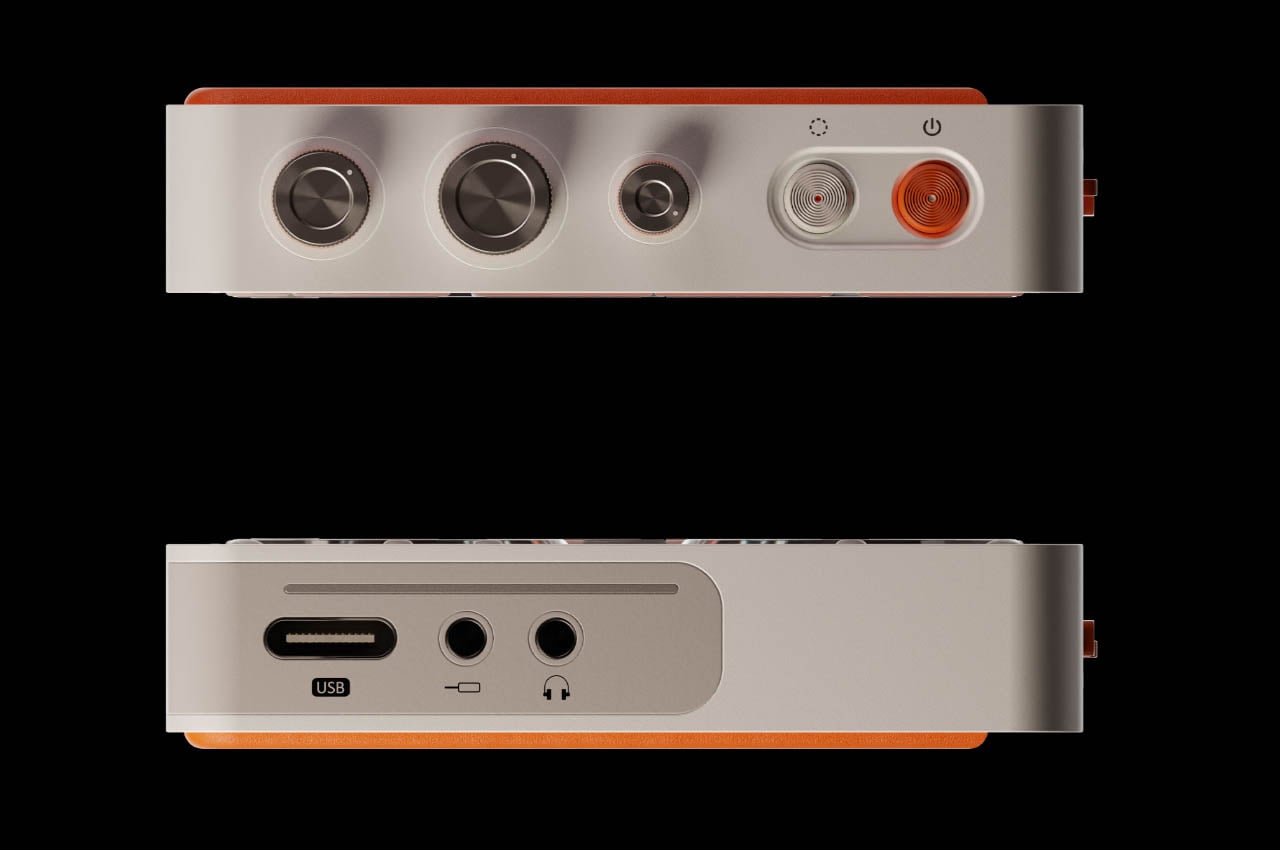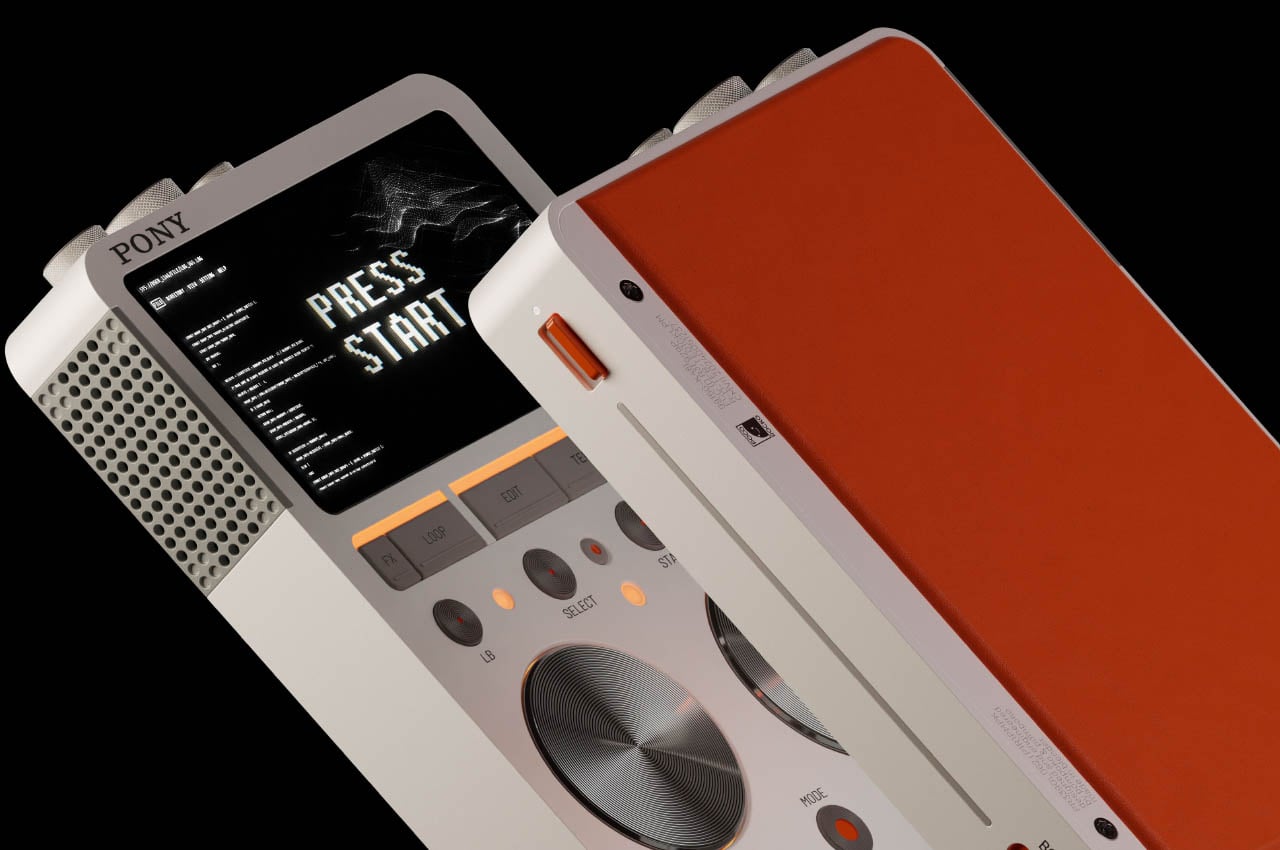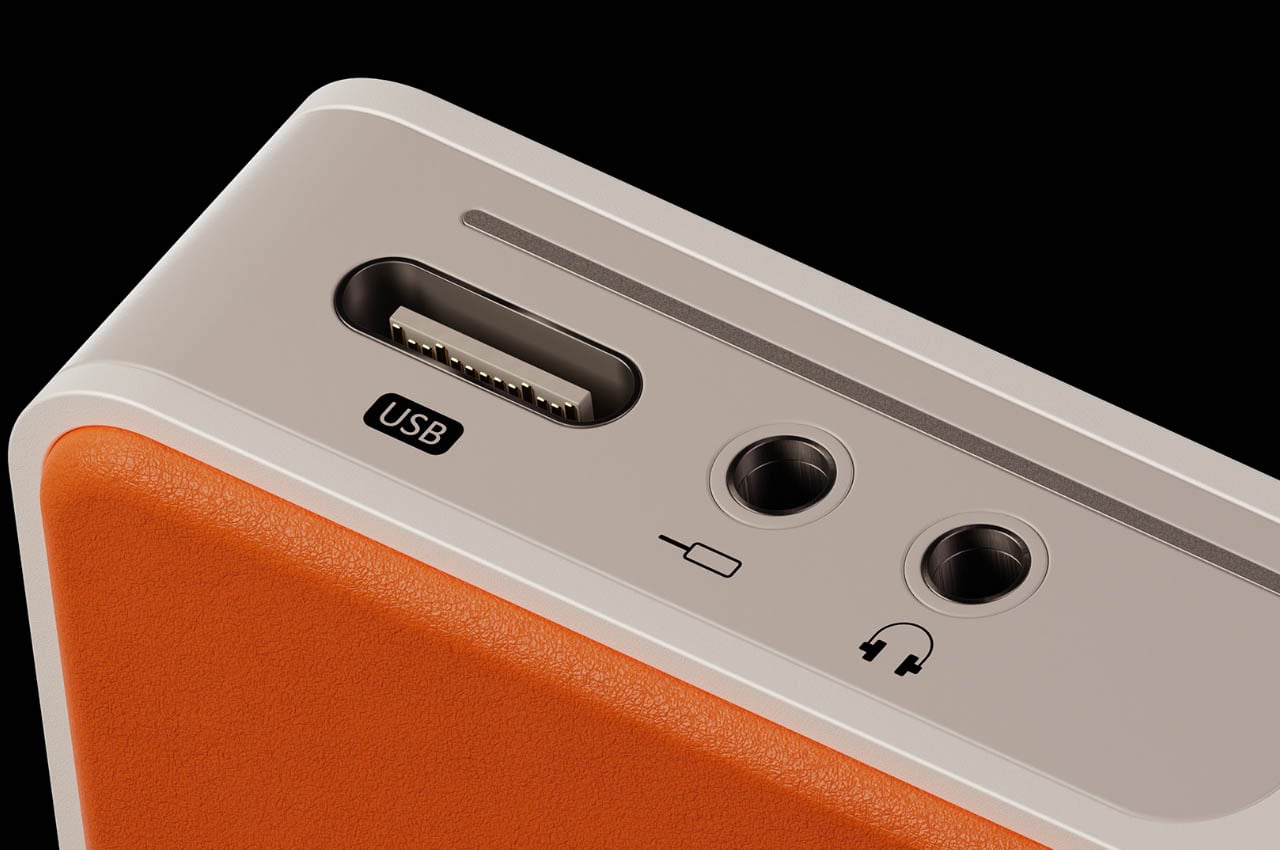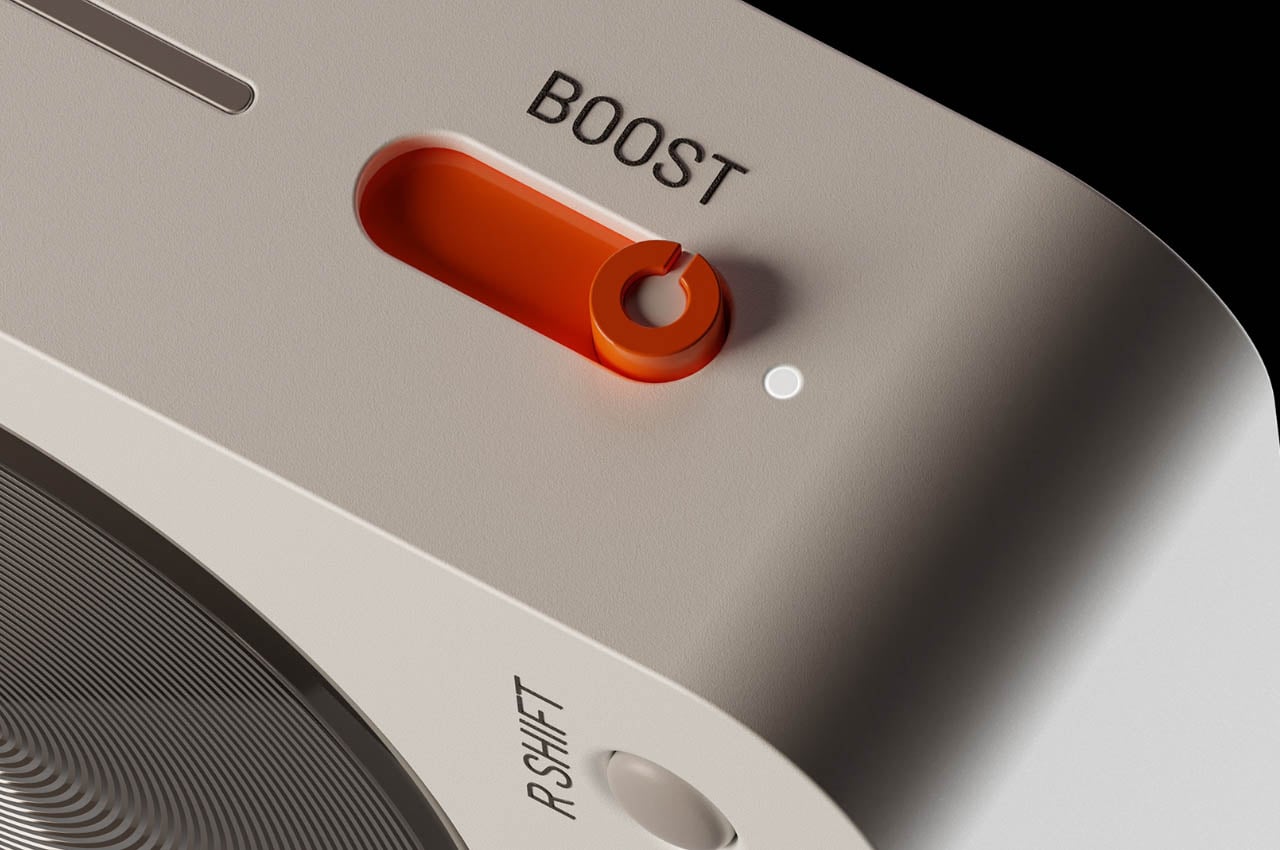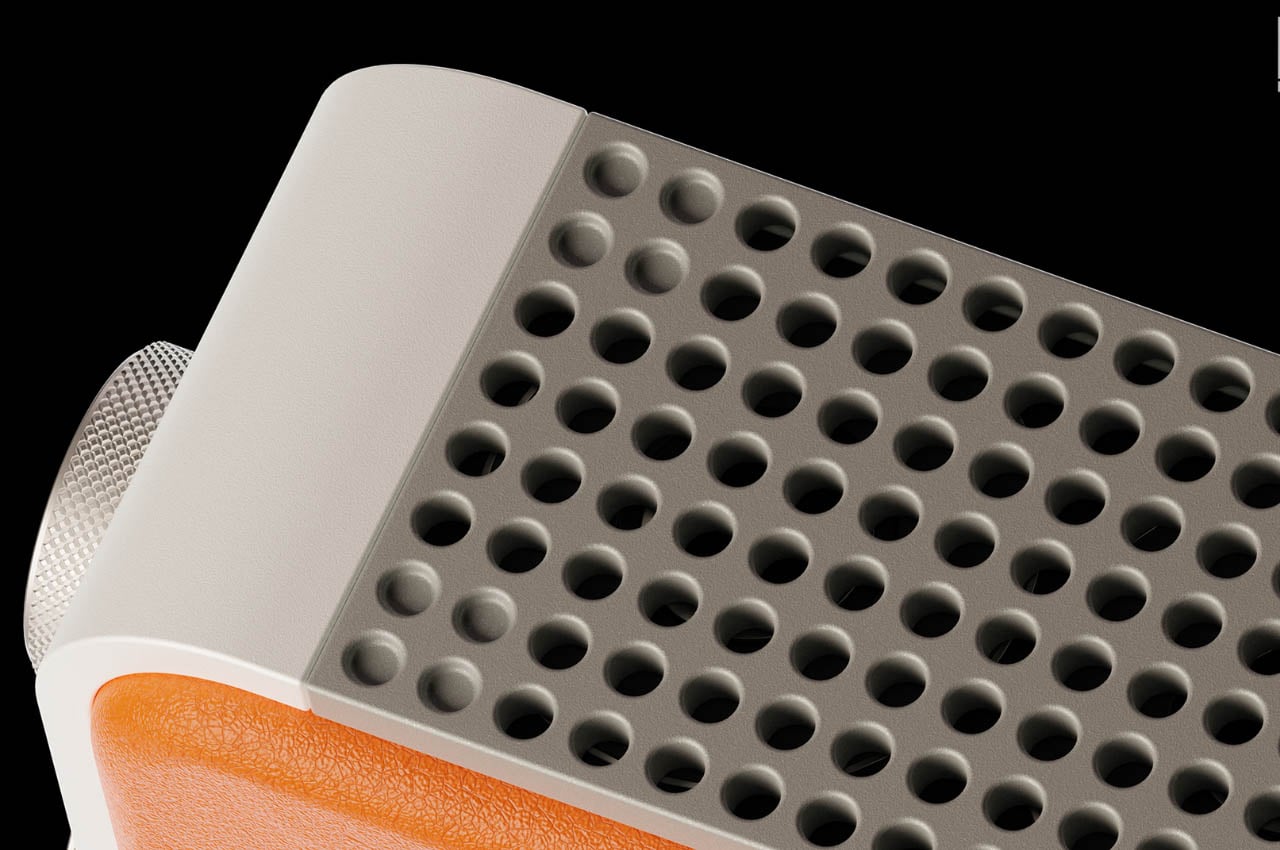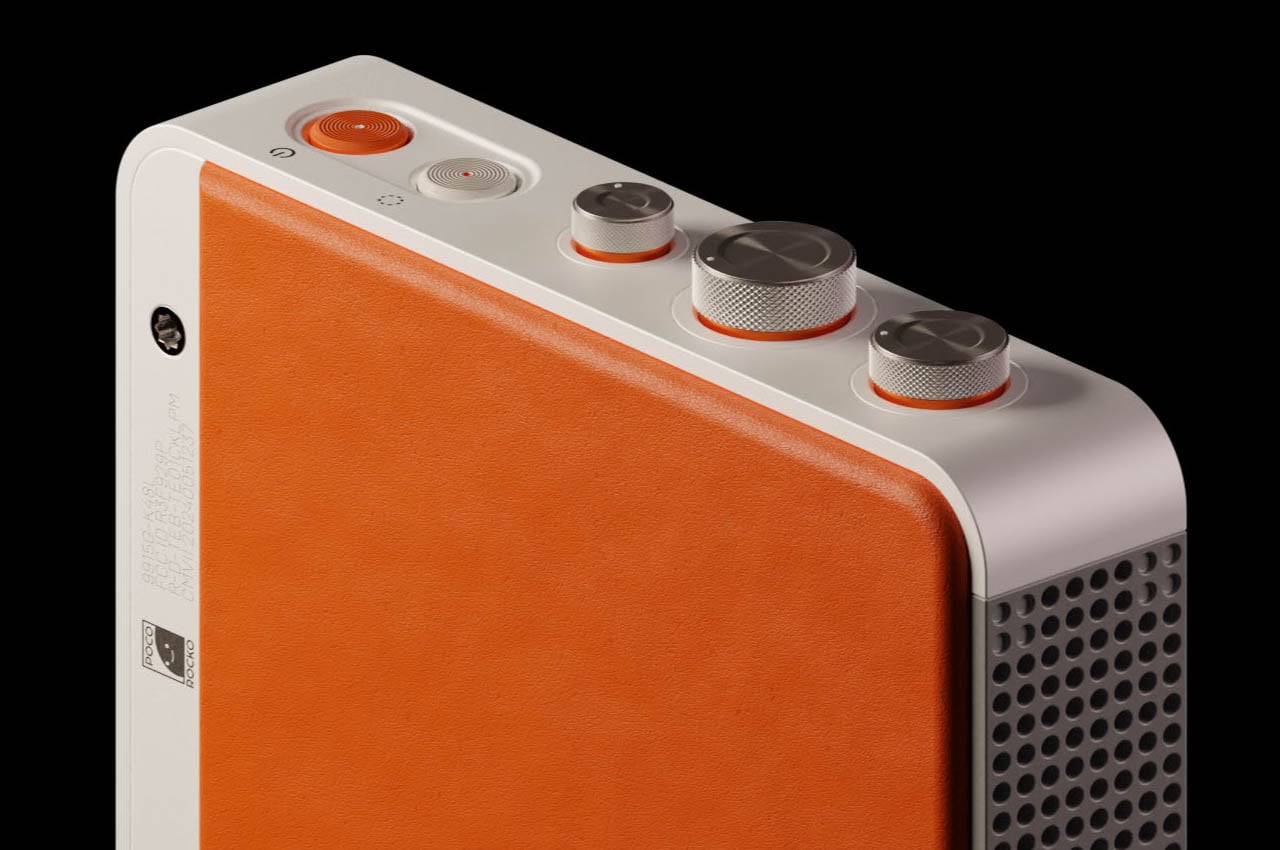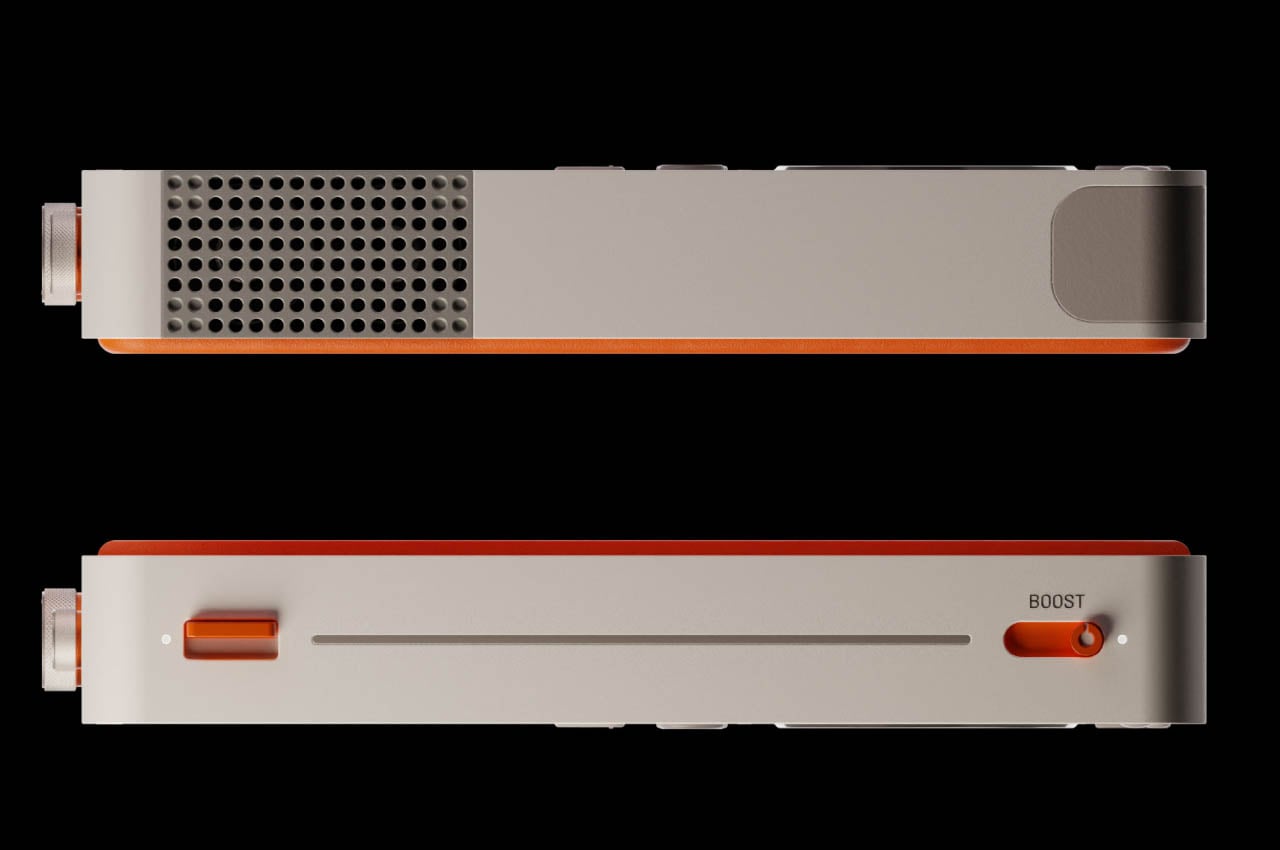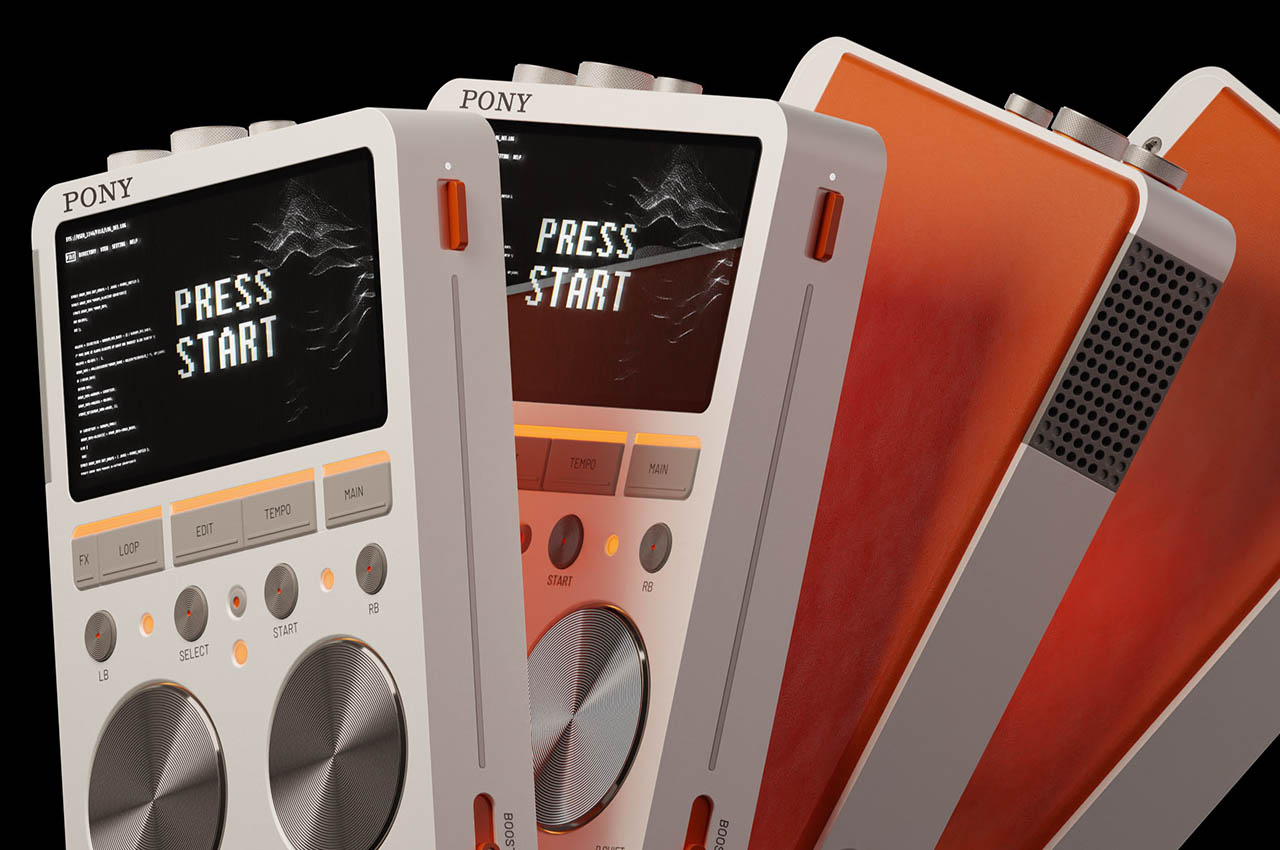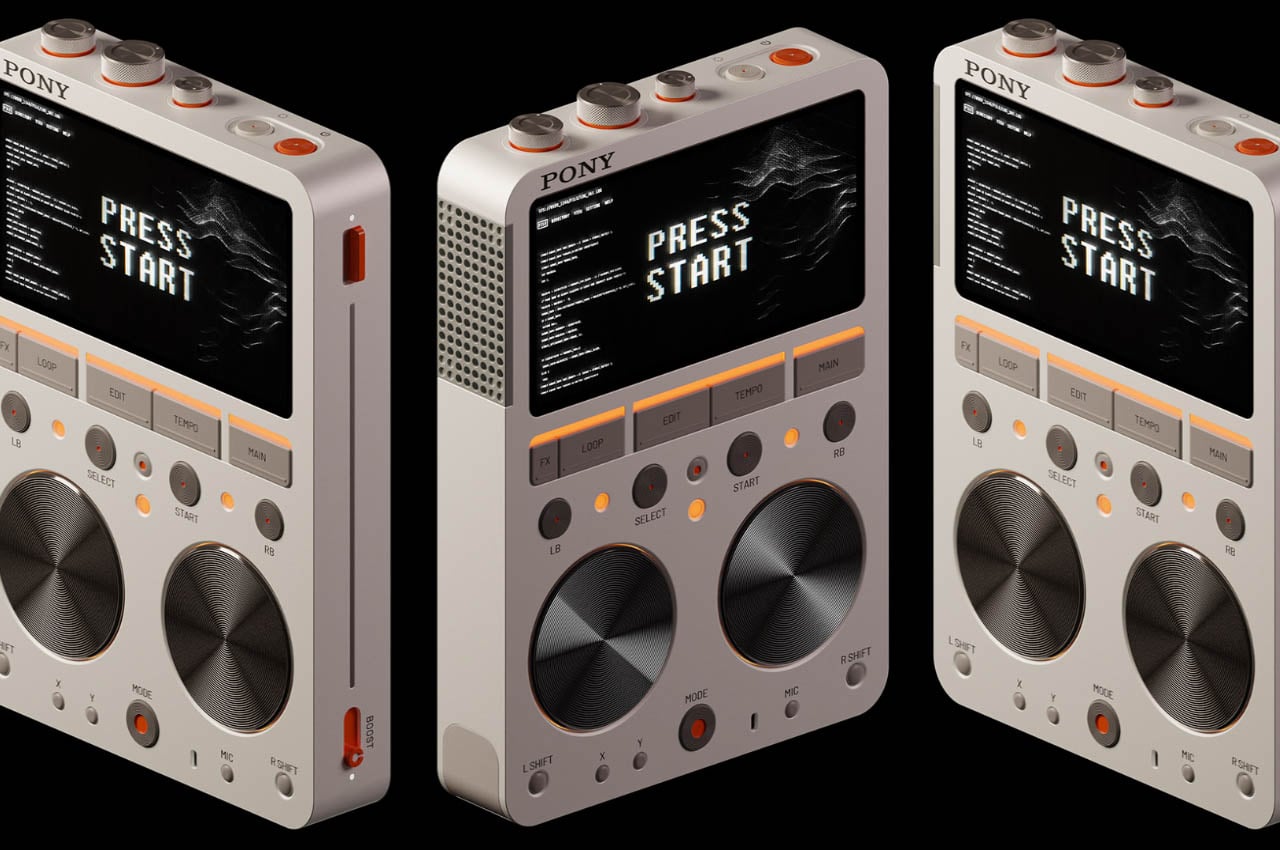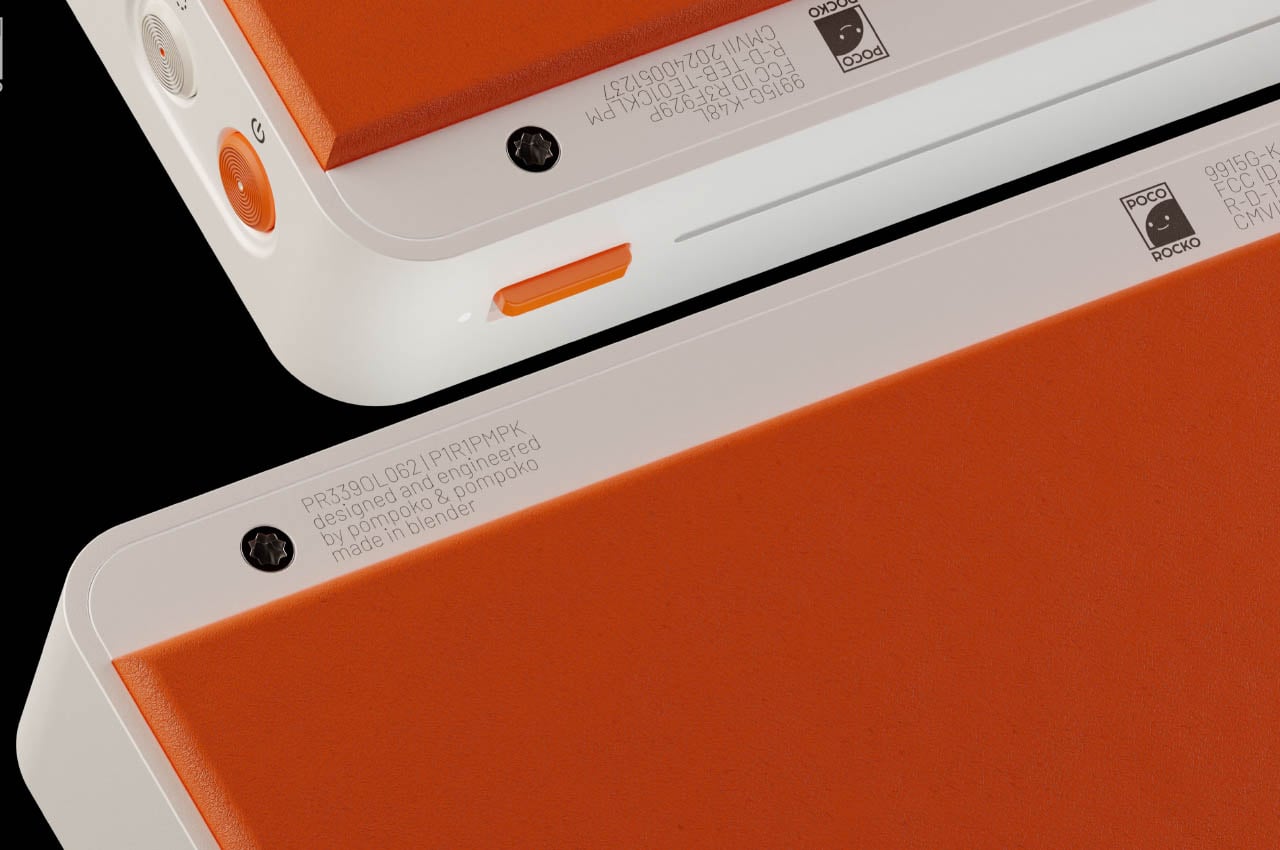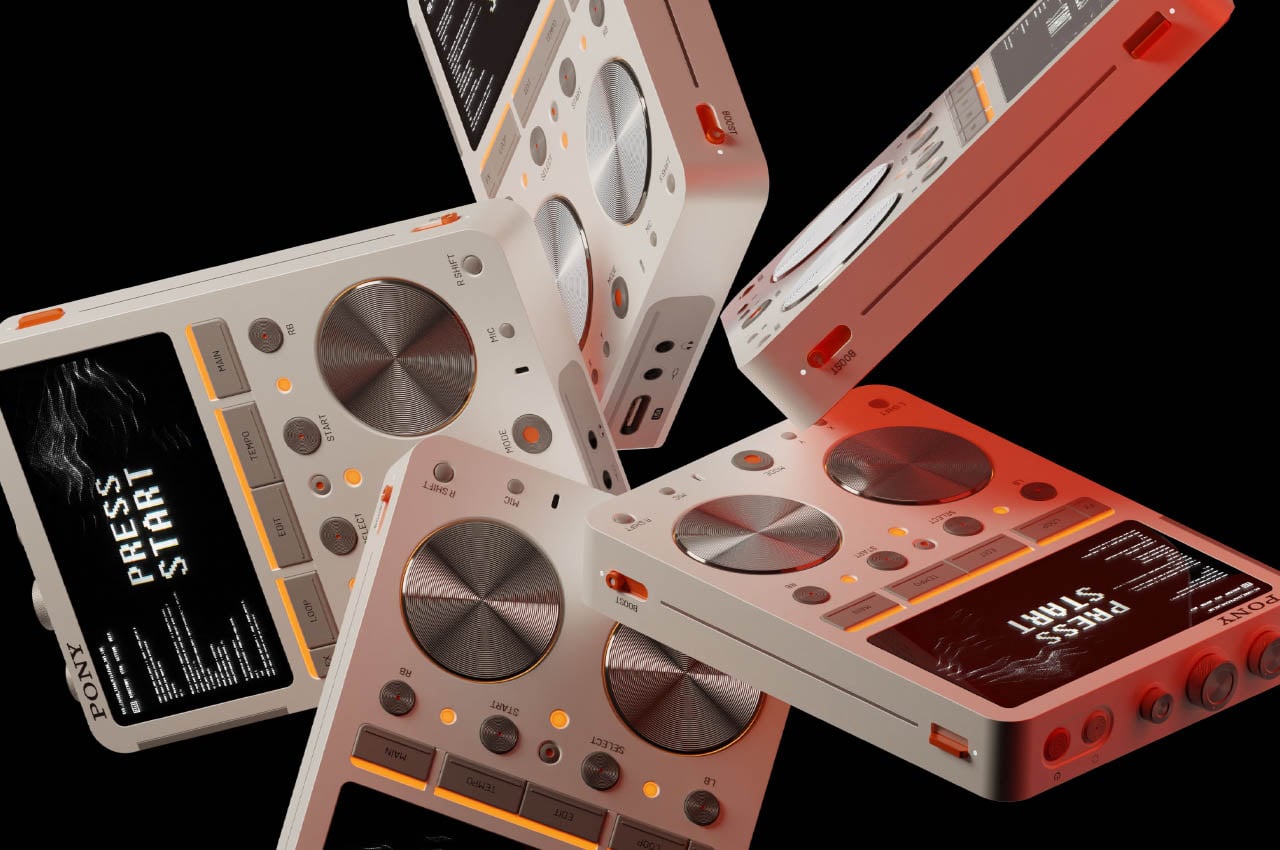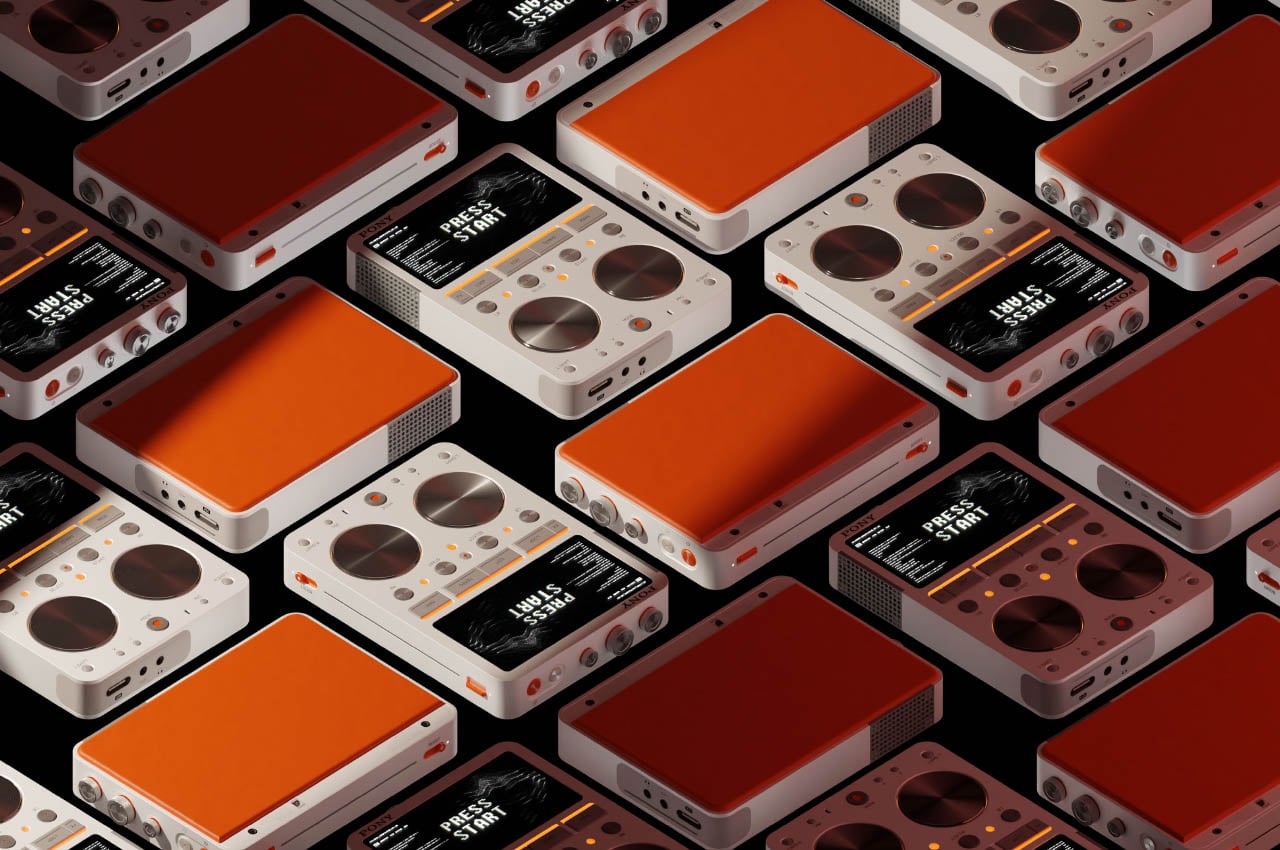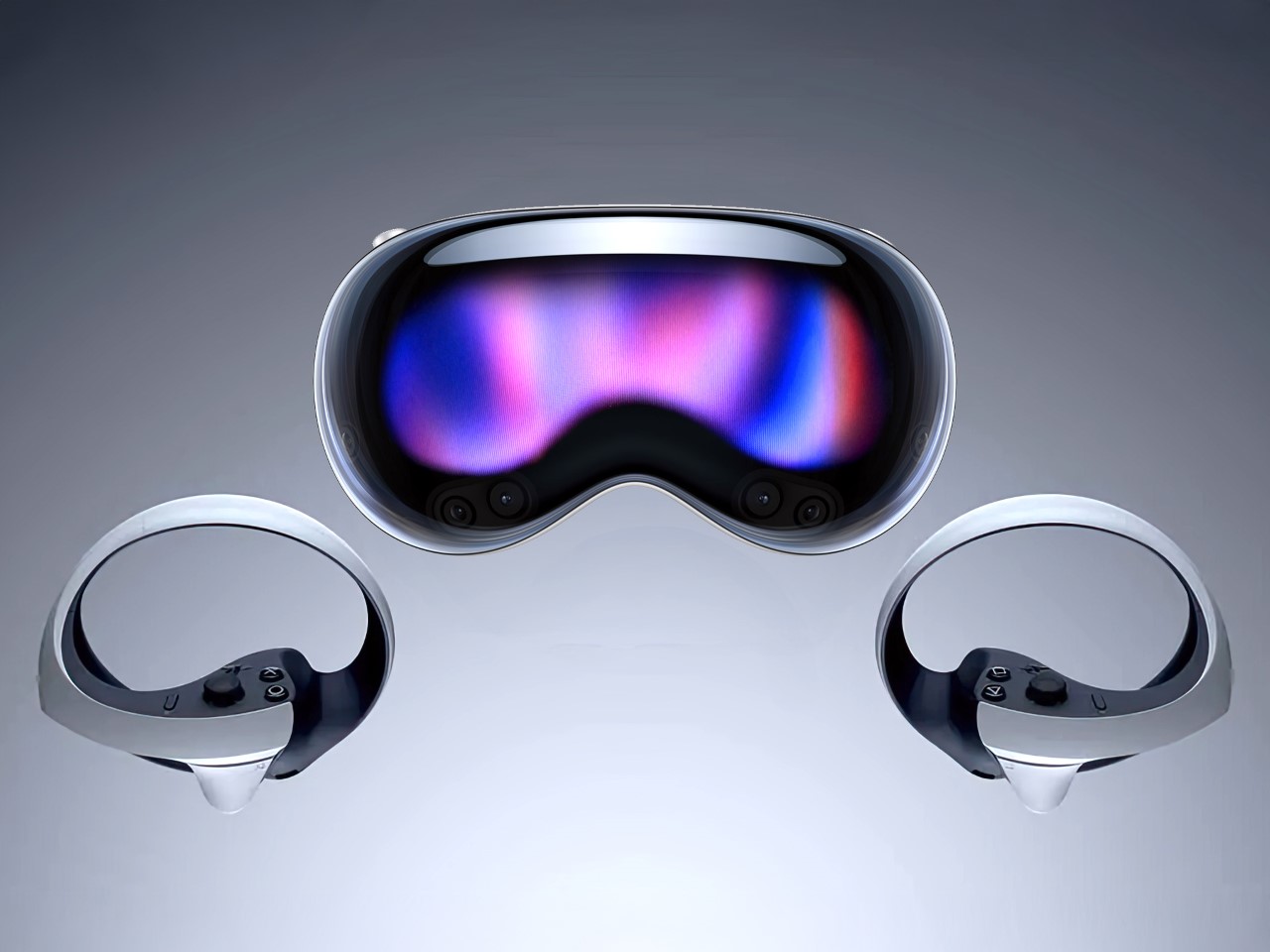
Don’t dismiss the Vision Pro just yet. Sure, rumors have been swirling that the company has pretty much halted all production of their flagship spatial computing device, but Bloomberg’s Mark Gurman has some interesting updates. His scoop? Apple and Sony, are reportedly in talks to integrate PlayStation VR2’s Sense controllers with Apple’s Vision Pro headset. This partnership, if realized, could reshape how we think about virtual and mixed reality experiences, seamlessly blending gaming prowess with Apple’s signature design ethos.
The Vision Pro, Apple’s first foray into spatial computing, debuted as a device with lofty ambitions. Relying on gaze-and-pinch interactions paired with hand-tracking, its interface felt futuristic yet restrained when stacked against the tactile immersion offered by physical controllers. While its approach works wonders for casual gaming and productivity tasks, the absence of tactile input left a gaping hole in its potential for more dynamic, fast-paced VR gaming. Enter Sony, whose PS VR2 Sense controllers are heralded for their precise tracking, haptic feedback, and adaptive triggers. It’s easy to see why Apple would tap into Sony’s expertise to elevate Vision Pro’s gaming and interactive experiences.

Gurman, a well-known source of tech scoops, shared that Apple initiated discussions with Sony earlier this year, targeting the seamless integration of the Sense controllers into the Vision Pro ecosystem. The collaboration promises to extend beyond just gaming, allowing users to navigate visionOS interfaces using Sony’s controllers. For Vision Pro, this move is not just a band-aid solution but a strategic decision aimed at capturing a more serious gaming demographic. The absence of robust gaming support has been a sticking point for Vision Pro since its announcement. Adding PS VR2 Sense controllers could be the olive branch Apple extends to hardcore gamers who’ve so far been unimpressed by its current offerings.
What’s particularly intriguing is the potential ripple effect this partnership could have on the gaming industry. Sony has been fiercely protective of its PS VR2 ecosystem, even to the extent of not selling its Sense controllers separately. Yet, this exclusivity might soften if Sony and Apple push ahead with making these controllers available through Apple’s sales channels. Imagine walking into an Apple Store, purchasing a PS VR2 Sense controller, and unlocking new gaming experiences on a Vision Pro. It’s a scenario that positions both companies as collaborators rather than competitors—an unusual but potentially brilliant strategy.
But could this partnership lead to something even bigger? Some speculate it might pave the way for a broader gaming alliance between Apple and Sony. Such a move would undoubtedly send shockwaves through the gaming industry, especially with Microsoft’s Xbox looming large as the primary rival. While Apple could technically develop its own controllers tailored to the Vision Pro, partnering with Sony allows them to sidestep years of R&D and leverage Sony’s established credibility among gamers.
Beyond gaming, this partnership could also enhance Vision Pro’s value proposition for non-gaming applications. The tactile advantages of Sony’s controllers could transform how professionals interact with 3D models, designers manipulate virtual canvases, or filmmakers storyboard immersive scenes. By broadening its use cases, Apple has a shot at making Vision Pro more than a niche device for early adopters or AR enthusiasts.

Yet, as with any ambitious endeavor, there are potential roadblocks. Gurman notes that the announcement, initially planned for weeks ago, was delayed—possibly signaling internal hiccups or last-minute refinements. Whether it’s technical integration challenges, supply chain constraints, or plain old corporate hesitance, there’s always a chance this partnership could stall or be scrapped altogether.
However, the timing of this rumor feels strategic. Vision Pro’s early reviews have highlighted its groundbreaking potential while pointing out areas where it falls short. Apple knows that it must demonstrate more than technological novelty to justify the $3,500 price tag. Teaming up with Sony to bring richer gaming and interactive experiences could be the shot in the arm Vision Pro needs as it prepares for its full release next year.
For now, Apple and Sony remain tight-lipped, but the possibility of this partnership is tantalizing. It paints a picture of a future where Apple’s minimalistic design philosophy meets Sony’s immersive gaming technology, creating an ecosystem that’s not only expansive but compelling. If nothing else, it underscores Apple’s willingness to think beyond its walled garden—a refreshing shift for a company known for keeping things close to its chest.
So, will this be the start of a beautiful friendship between Apple and Sony, or just another chapter in the rumor mill? Only time will tell. But for now, the idea of navigating visionOS with a PS VR2 Sense controller is enough to keep tech enthusiasts and gamers alike dreaming of the possibilities. And if this collaboration does take off, maybe it’s time to rethink that Xbox subscription—just saying.
The post Apple and Sony are apparently working on PlayStation VR2 Gaming Controllers for the Vision Pro first appeared on Yanko Design.

